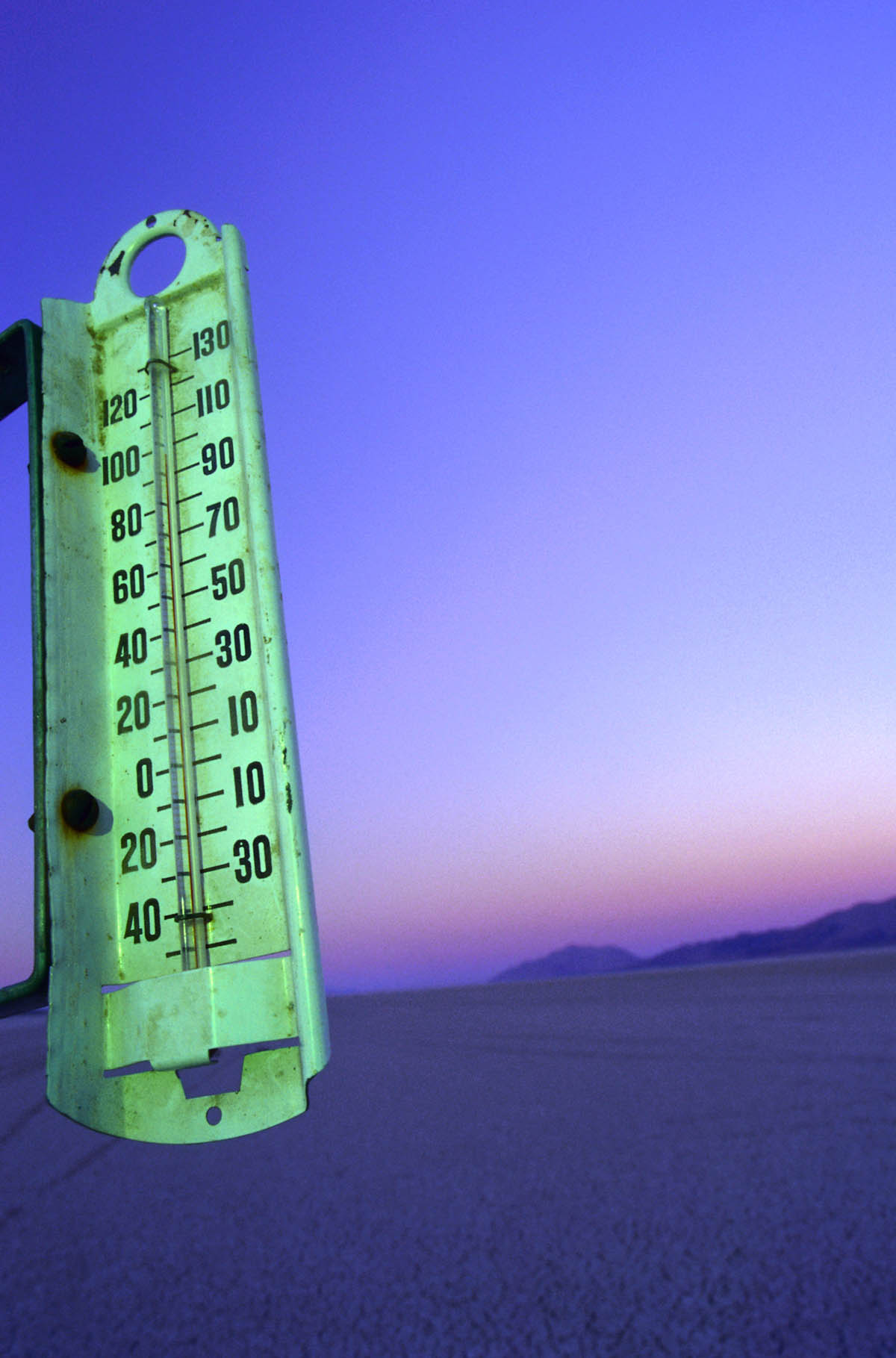AARP Hearing Center

When outside temperatures are very high, the danger for heat-related illnesses rises. People's bodies are not able to cool themselves quickly enough, and they overheat. In severe instances, people can suffer heat stroke, which can cause death or permanent disability if emergency treatment is not provided.
Older adults, young children, and people with mental illness and chronic diseases are at highest risk for heat-related illness. But even young and healthy individuals can suffer in heat if they participate in strenuous physical activities during hot weather.
During heat waves people are susceptible to three heat-related conditions. Check out the following information from the American Red Cross on what to look how for and how to respond.
Heat cramps are muscular pains and spasms that usually occur in the legs or abdomen. Heat cramps are often an early sign that the body is having trouble with the heat.
- Get the person to a cooler place and have him or her rest in a comfortable position. Lightly stretch the affected muscle and gently massage the area.
- Give an electrolyte-containing fluid, such as a commercial sports drink, fruit juice or milk. Water may also be given. Do not give the person salt tablets.
Heat exhaustion is a more severe condition than heat cramps. Heat exhaustion often affects athletes, firefighters, construction workers and factory workers. It also affects those wearing heavy clothing in a hot, humid environment.
- Signs of heat exhaustion include cool, moist, pale, ashen or flushed skin; headache; nausea; dizziness; weakness; and exhaustion.
- Move the person to a cooler environment with circulating air. Remove or loosen as much clothing as possible and apply cool, wet cloths or towels to the skin. Fanning or spraying the person with water also can help. If the person is conscious, give small amounts of a cool fluid such as a commercial sports drink or fruit juice to restore fluids and electrolytes. Milk or water may also be given. Give about 4 ounces of fluid every 15 minutes.
- If the person’s condition does not improve or if he or she refuses water, has a change in consciousness, or vomits, call 9-1-1 or the local emergency number.
Heat stroke is a life-threatening condition that usually occurs by ignoring the signals of heat exhaustion. Heat stroke develops when the body systems are overwhelmed by heat and begin to stop functioning.
- Signs of heat stroke include extremely high body temperature, red skin which may be dry or moist; changes in consciousness; rapid, weak pulse; rapid, shallow breathing; confusion; vomiting; and seizures.
- Heat stroke is life-threatening. Call 9-1-1 or the local emergency number immediately.
- Preferred method: Rapidly cool the body by immersing the person up to the neck in cold water, if possible OR douse or spray the person with cold water.
- Sponge the person with ice water-doused towels over the entire body, frequently rotating the cold, wet towels.
- Cover the person with bags of ice.
- If you are not able to measure and monitor the person’s temperature, apply rapid cooling methods for 20 minutes or until the person’s condition improves.
Sources: American Red Cross and King County website.































































